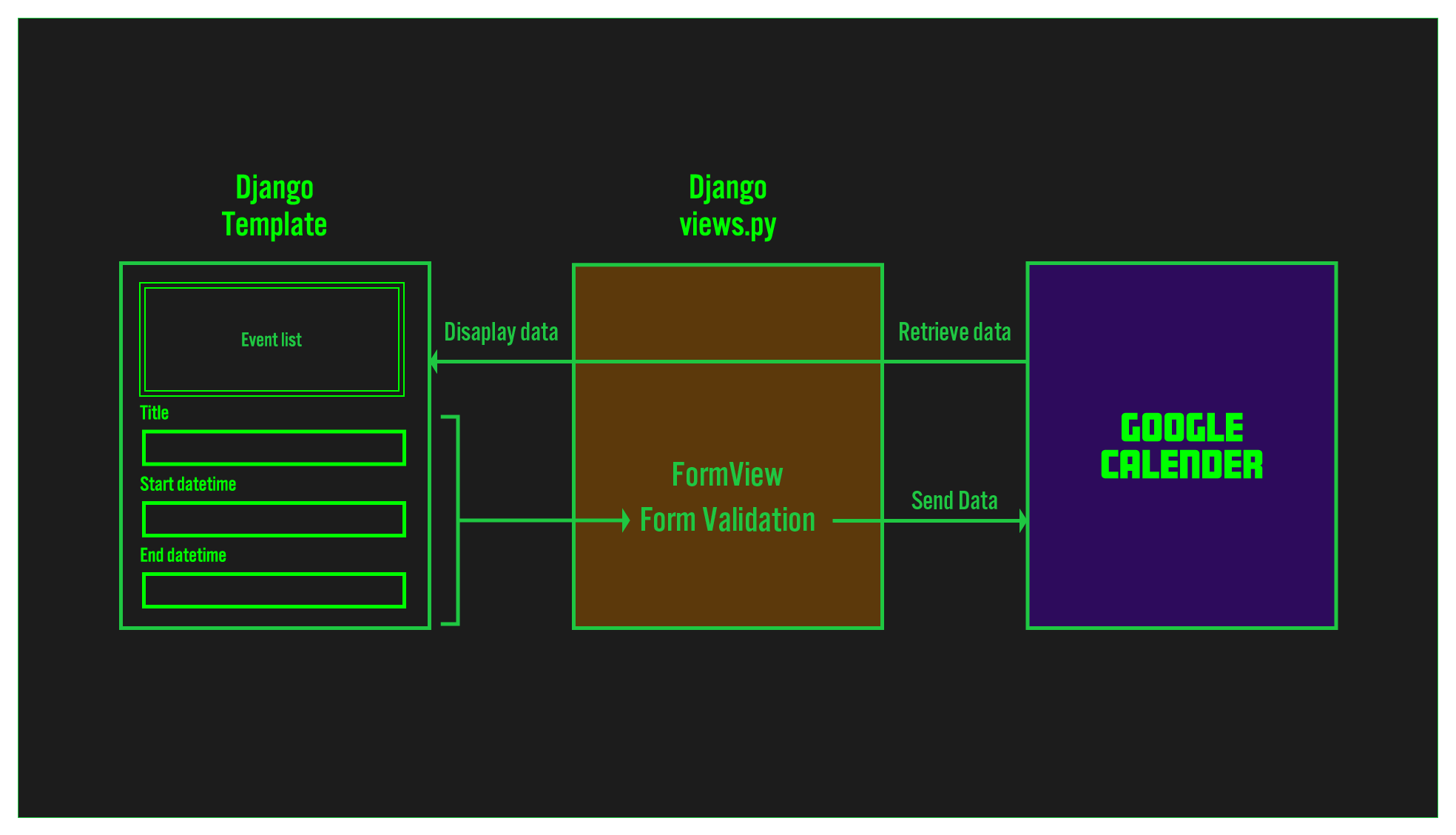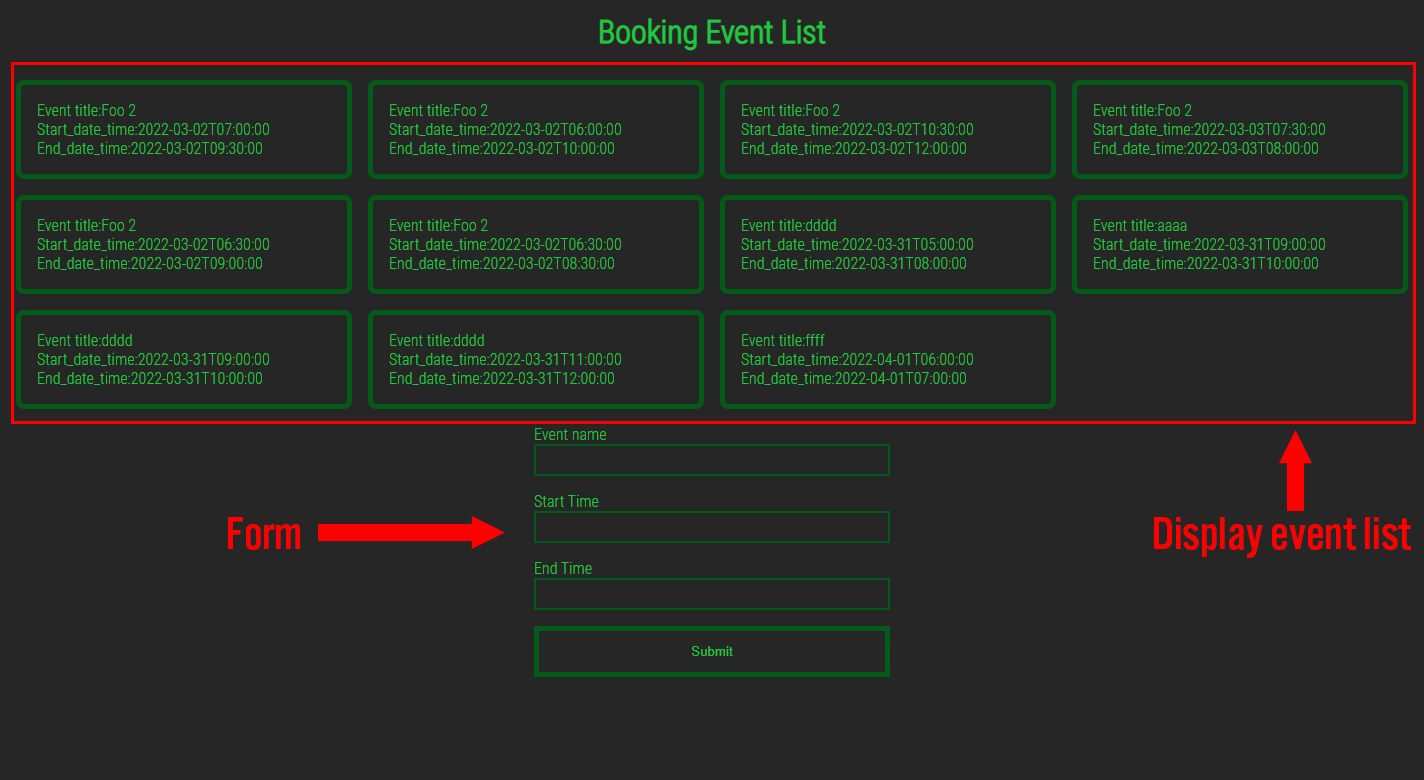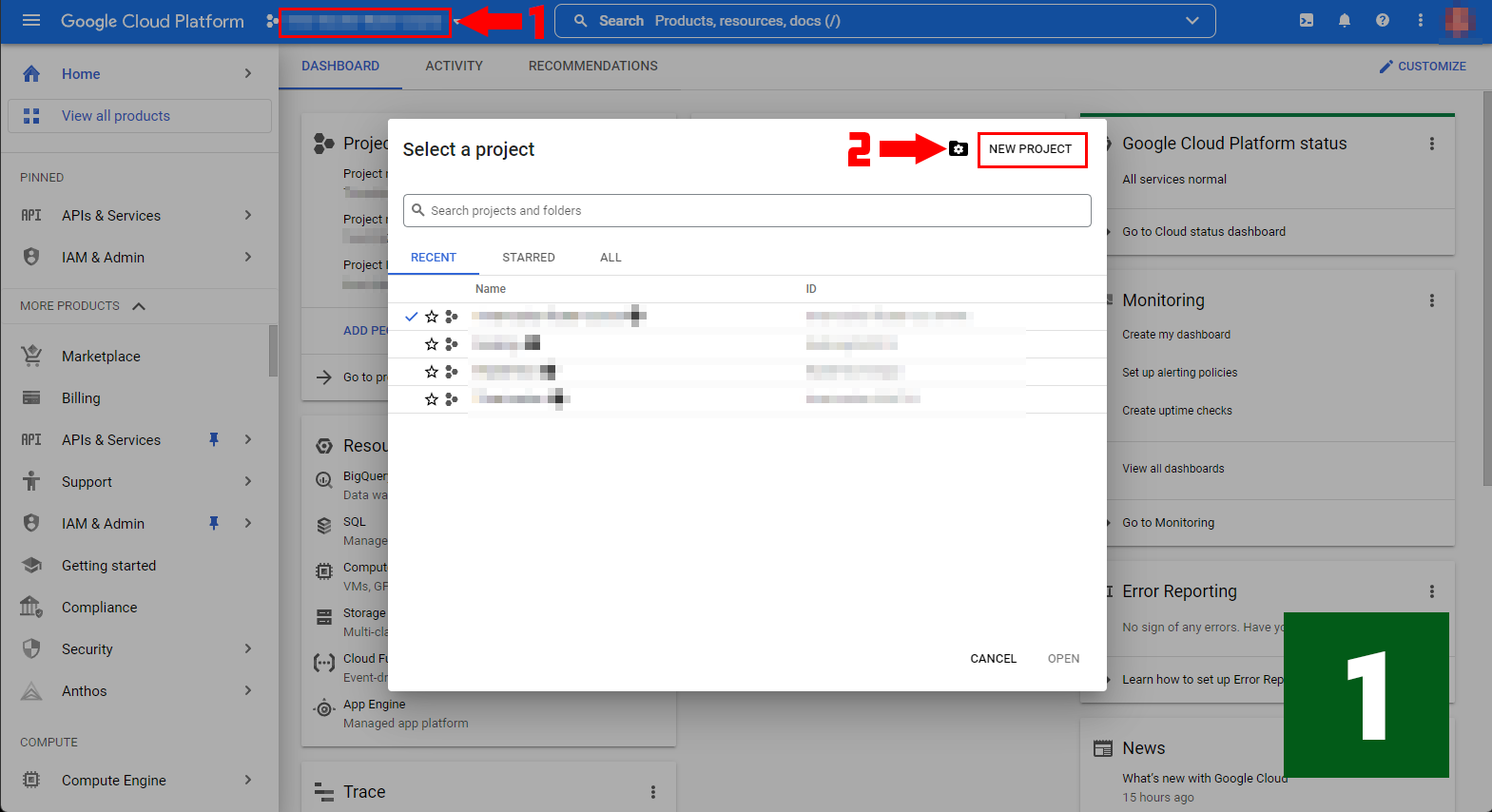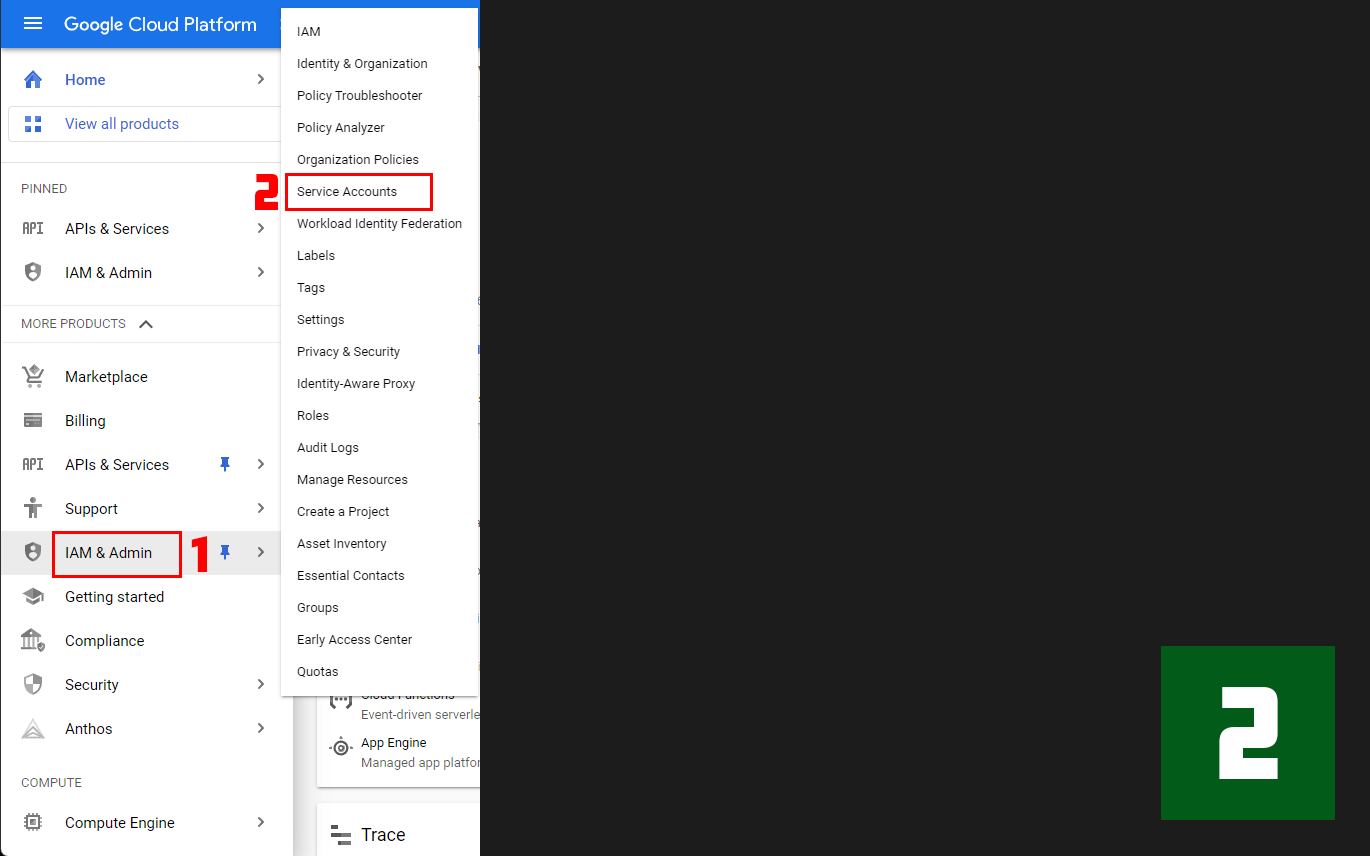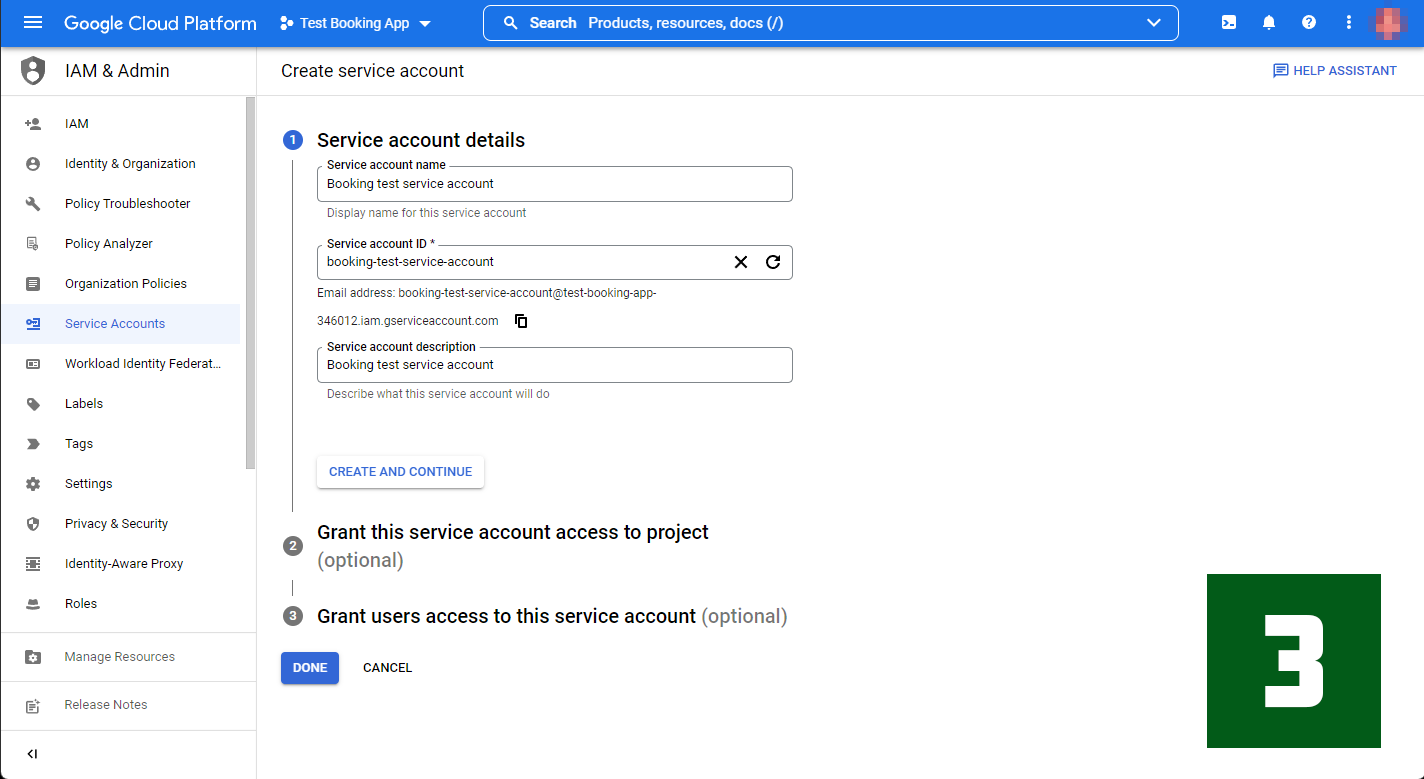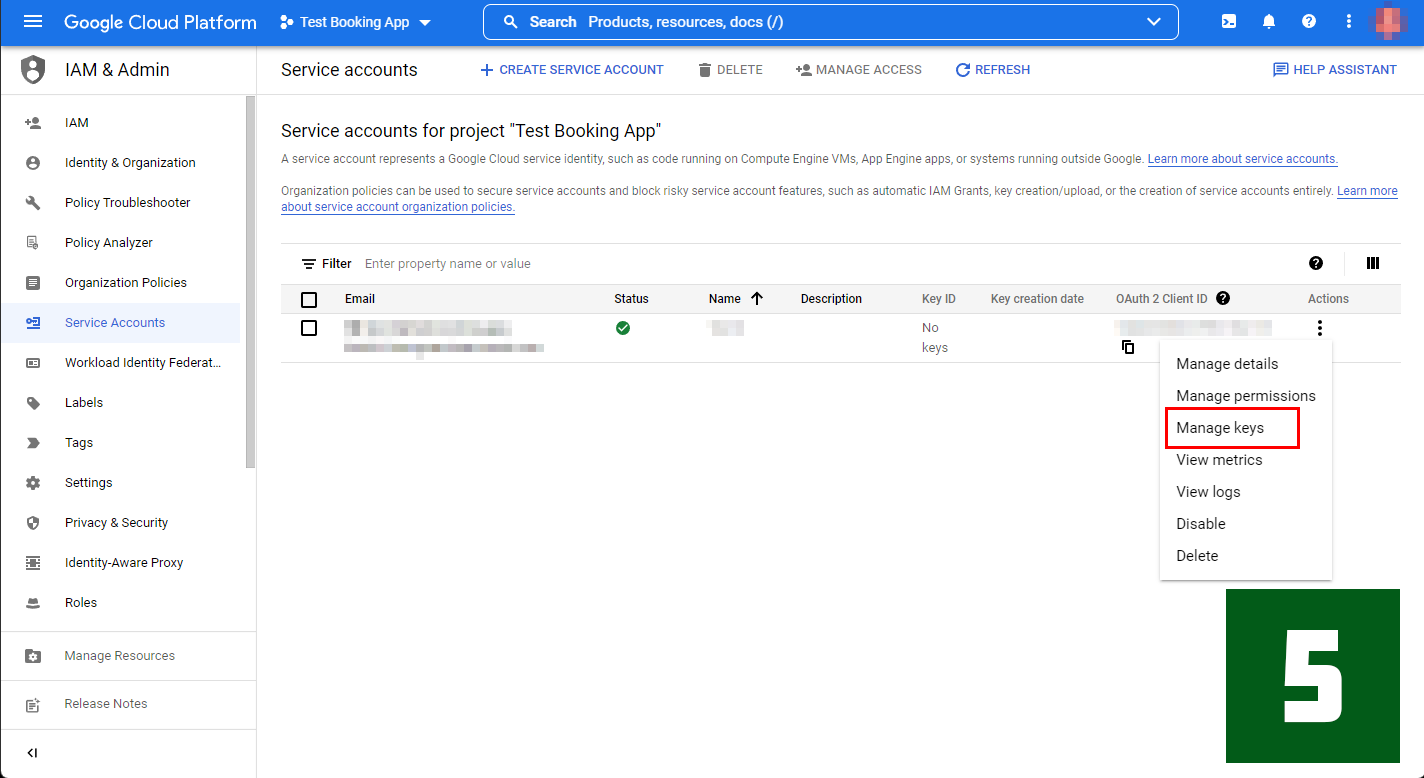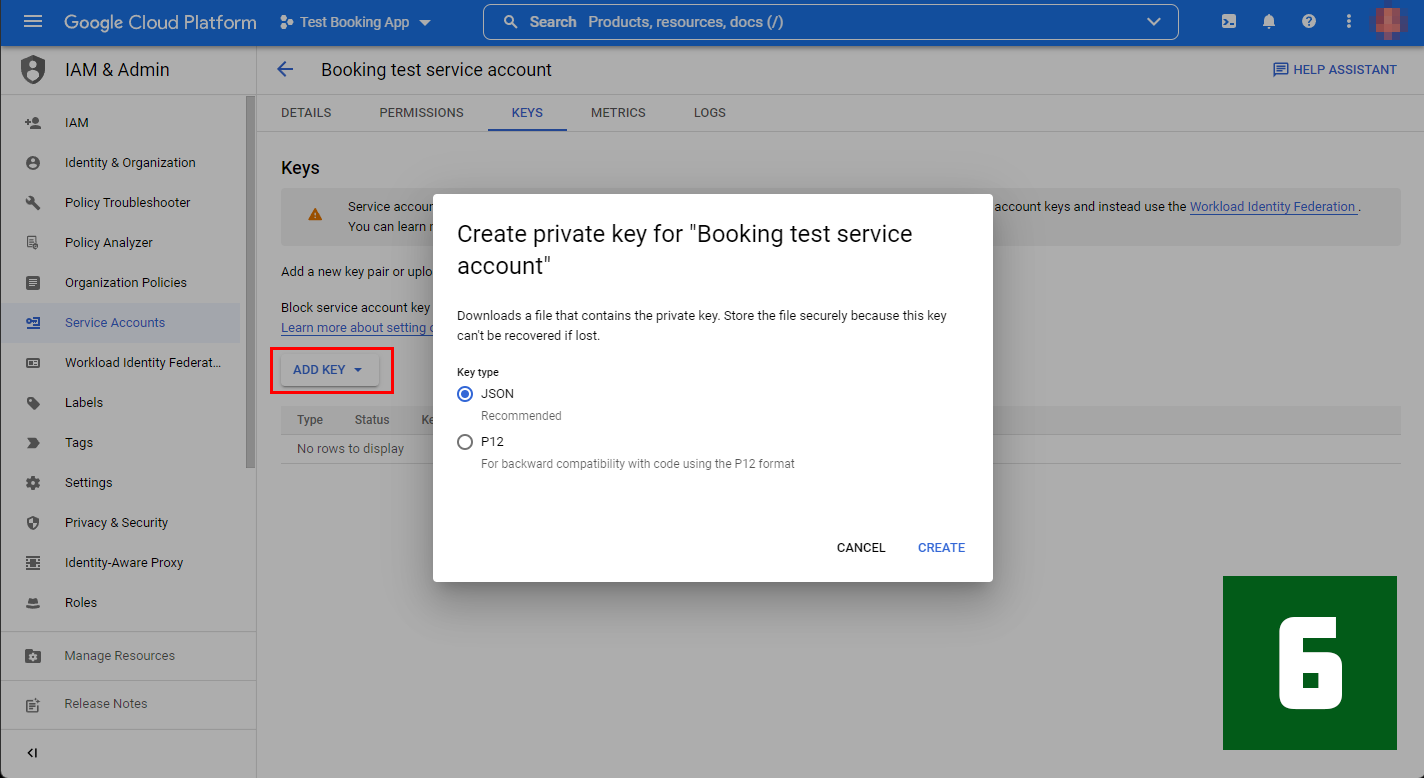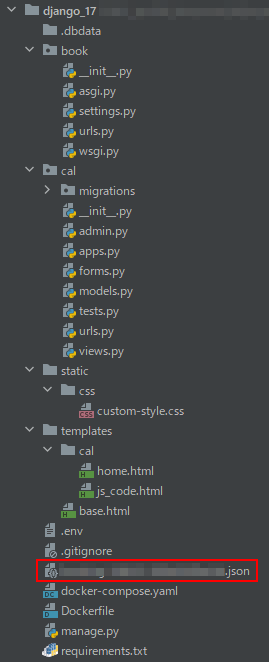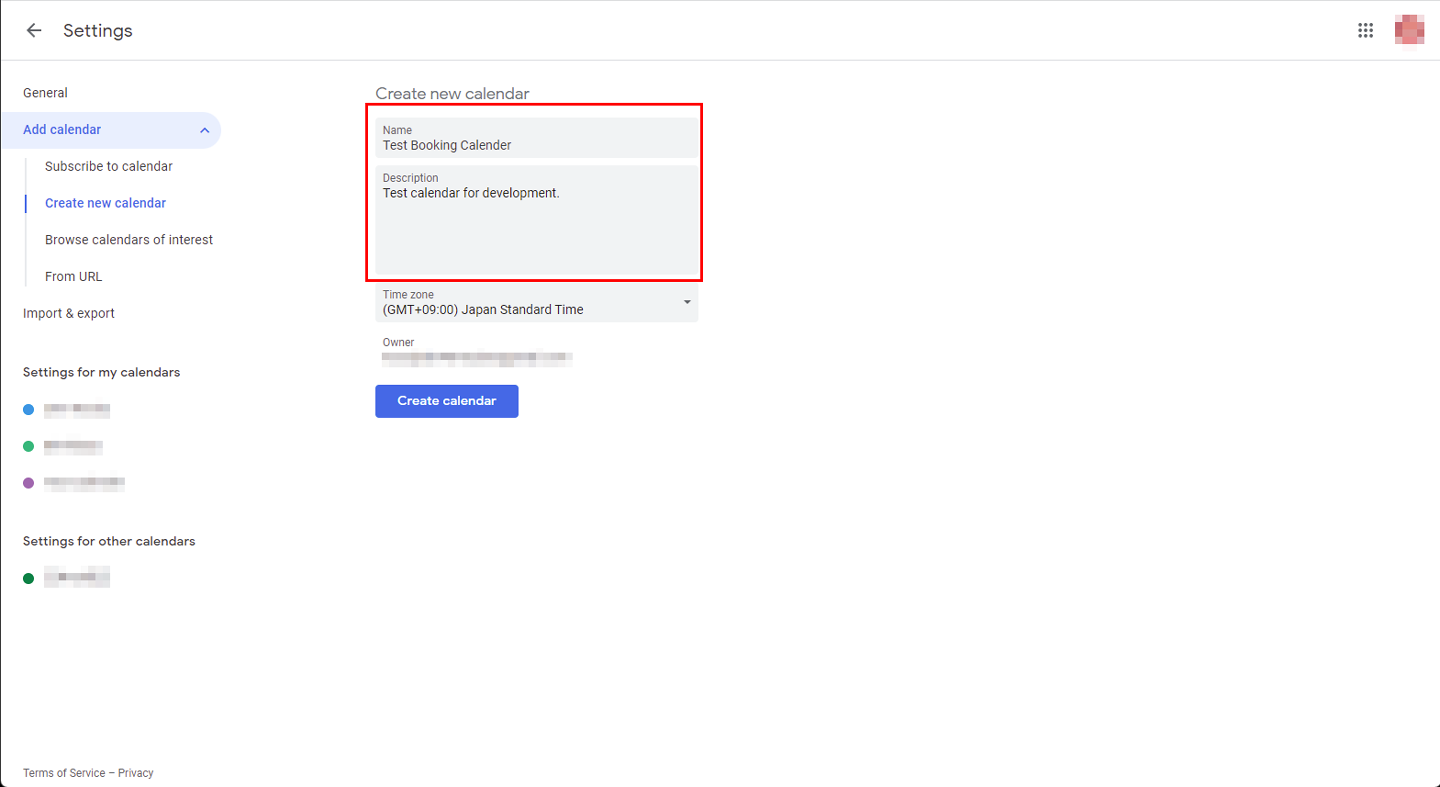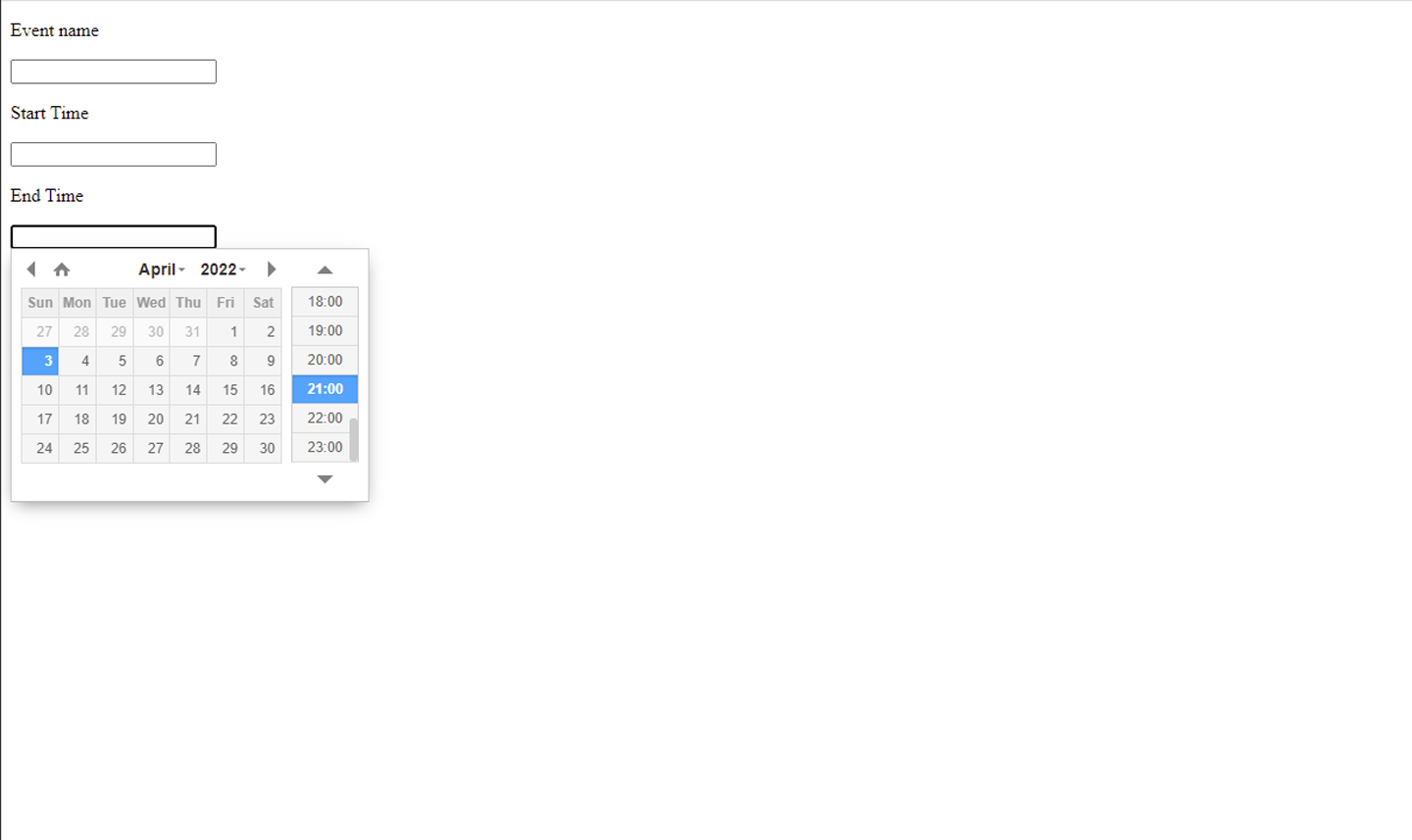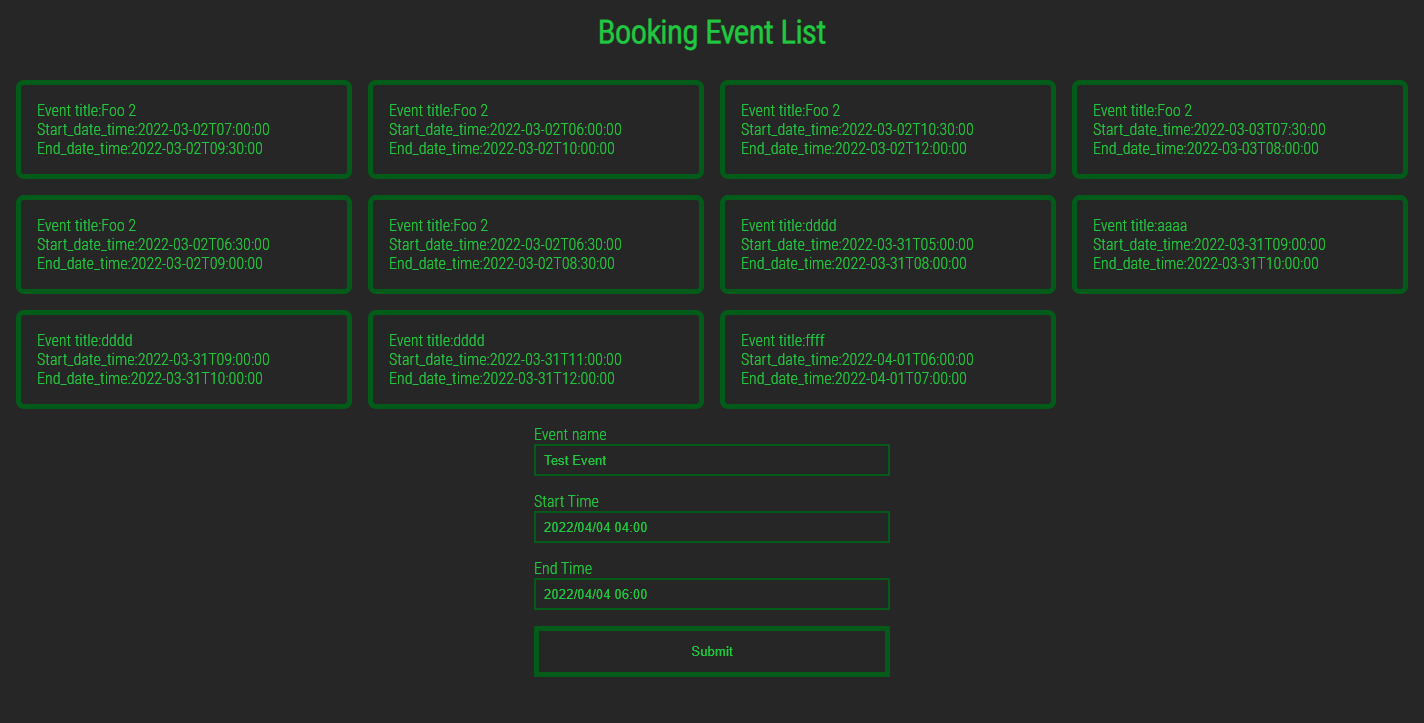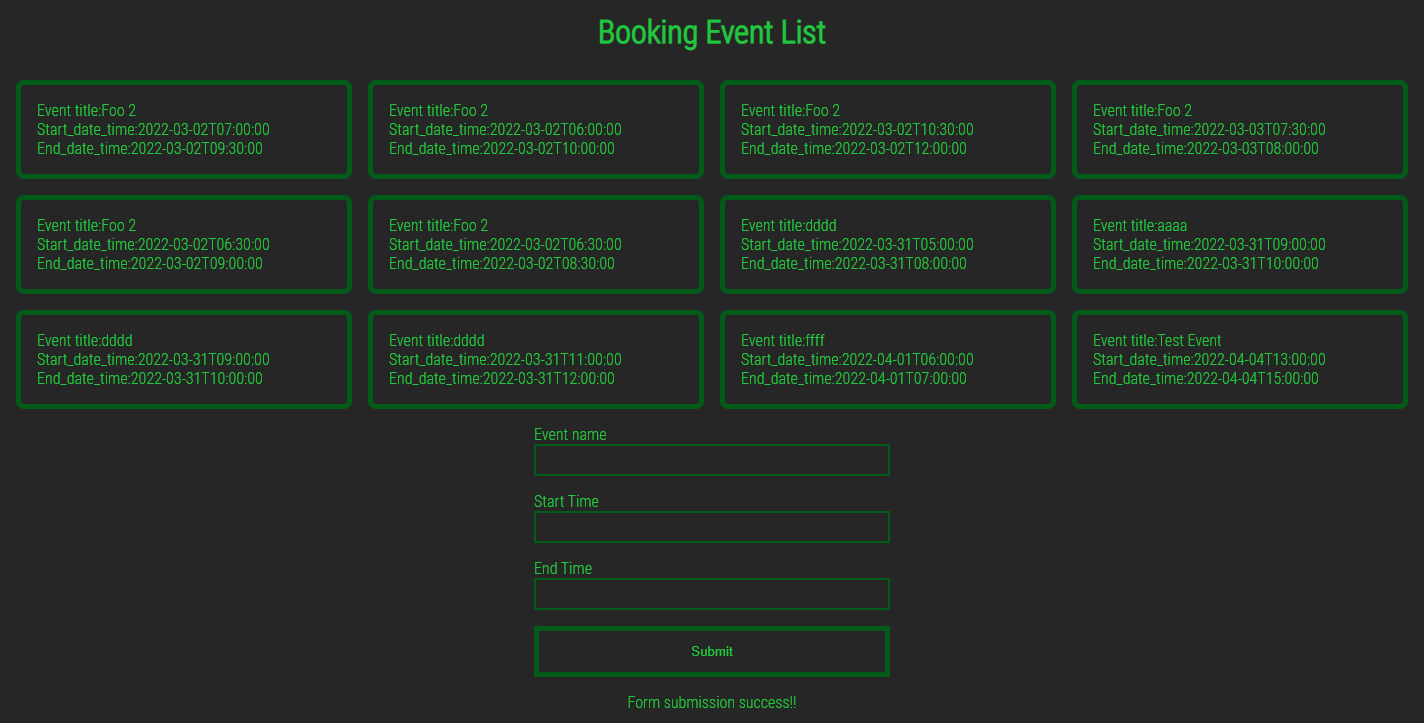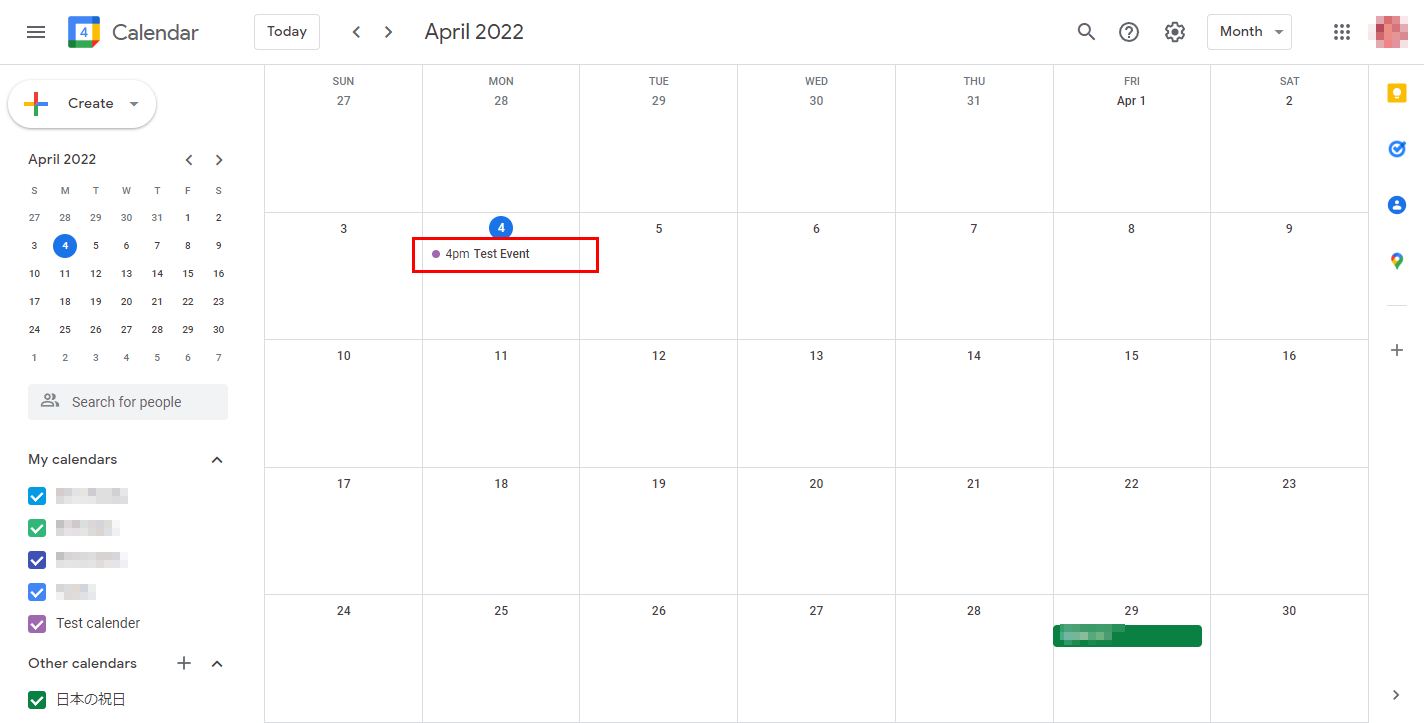Google offers a variety of services with APIs that enable the creation of advanced web applications. all APIs offered by Google are easy to use and highly functional. Among them, Google Calendar API offers the best functionality as a calendar API.
Django, on the other hand, has one of the largest user base of any web framework, but there are surprisingly few tutorials on the Internet on how to use the google calendar API with Django.
In particular, in order to integrate Django with the google calendar API, it is necessary to use an API that connects the application to the application, rather than an API that connects the user to the application, but there are very few articles on this point.
When integrating google calendar API in Django, there are a some points that need to be noticed, such as the above. However, many beginner developers may not realize those points and may get stuck and give up.
If Django and google calendar API can be integrated, it can be applied to many web application developments such as scheduling apps, booking apps, etc. It would be a waste not to notice that point.
So in this article, I will explain the integration of Django and google calendar API through how to create a simple Django application, focusing on the "things to notice".
Application Structure
Let me explain how this application works.
Users input an event name, start date and time, and end date and time into a form.
This data is then sent to and registered on Google Calendar. Simultaneously, the application fetches and displays existing events from Google Calendar.
It's important to note that the data is stored only in Google Calendar, not in the Django database.
Therefore, we won't be creating any models for this application.
The template has the accompanying image:
The top half displays the title, start time, and end time of past events retrieved from Google Calendar.
The bottom half contains a form. When data is entered into this form, it's sent to Google Calendar, and the newly created event will then be displayed in the top half.
Development Process
To develop this application, the first step is to access the GCP(GoogleCloudPlatform) administration screen and obtain a credential file to communicate with the Google API.
We will develop this application in the following order:
1. Creating a Google API service account
Acquiring a GCP "Service Account" is crucial for this application. Using a Service Account is what makes this application possible. Previously, I attempted to build an app with a similar structure but repeatedly failed. I mistakenly believed I needed to connect a GCP user account to the calendar. However, that's not the case. To connect a Django application and the Google Calendar API, you need a Service Account within GCP, not a regular GCP user account. Once you obtain the Service Account, the rest of the implementation is straightforward.
How to create a service account
Please note that this article includes many screenshots of the administration screen.
However, keep in mind that the screen and menu options may have changed. I will update the article accordingly if I notice any changes in the GCP admin screen.
1-1. The first step in using the Google API is to create a project. Click on the red frame above, enter a project name, and then create it.
1-2. After creating the project, select "IAM & ADMIN" from the Sidebar menu, and then choose "Service Account".
1-3. After selecting the service account, add the account service name and description.
1-4. During the development stage, you have the option to select "owner".
1-5. Now that we have a service account, we need to create a Key. Click on the part of the red frame to do so.
1-6. On the next screen, click the red frame and select "JSON". This will download the credential file to your local computer.
Place this JSON file at the root of your project. This is an important point to note.
For this particular project, I have named it "book" and created an application called "cal".
The overall file structure of the project is as accompanying image.
2. Creating a new calendar with Google calendar
To create a new calendar in your regular Google Calendar, follow these steps:
2-1. From the top page of Google Calendar, click the + mark in "Other calendars" and select "Create a new calendar".
2-2. Write the name and description of the new calendar.
2-3. Click "Create calendar" to finish creating the calendar.
After creating the calendar, you'll need to find its CalendarID. To do this, select "Settings for my calendar" from the menu on the left side, and confirm the CalendarID. You'll need to specify this ID later in the view.
3. Completing basic Django setup
Complete a basic Django project and application setup.
For reference, this article will show you how to do a basic Django setup with Docker. This time, please proceed until step No.9 in that article.
Please note that no models will be made through this project.
Django packages
The package to be used this time is listed in the accompanying list.
django
psycopg2-binary
django-environ
django-widget-tweaks
google-api-python-client
This project requires the installation of two packages: django-widget-tweaks and google-api-python-client.
Django-widget-tweaks is a useful Django package that allows developers to easily customize form field rendering in Django templates.
Django-widget-tweaks need to be registered in INSTALLED_APPS in settings.py. Please do as follows.
settings.py
INSTALLED_APPS = [
...
'widget_tweaks'
]
Frontend Dependencies and Libraries
For the frontend development, we will use a date-picker in the template to register the start and end times of the event. Although FullCalendar was considered for the date picker, it seemed too complicated. Instead, we will use jQuery's Datetimepicker. This package is effortless if you want to pick up the date and time.
4. Creating the first view
The first view should be written as accompanying code.
For the view, create a view that inherits from FormView.
Since the BookingForm has not yet been created, you may get an error when you run it. However, ignore this error for now.
cal/views.py
from django.views.generic import FormView
from cal.forms import BookingForm
class HomeView(FormView):
form_class = BookingForm
template_name = 'cal/home.html'
5. Creating a Form
To create a form, create a file named forms.py in the application folder and add the accompanying code:
Note the input_formats attribute. This attribute is necessary to ensure that the data sent to the Google Calendar matches the required format.
cal/forms.py
from django import forms
class BookingForm(forms.Form):
eventTitle = forms.CharField(label="Event", max_length=255, required=True)
startDateTime = forms.DateTimeField(label="Start Date and Time", input_formats=['%Y/%m/%d %H:%M'], required=True)
endDateTime = forms.DateTimeField(label="End Date and Time", input_formats=['%Y/%m/%d %H:%M'], required=True)
6. Creating a template file
Next, let's create a template.
In this template, the following three CDNs are added to the head section of base.html.
Make sure to add jQuery and jQuery DateTime Picker. Google font is optional.
Note the include tag at the bottom of this code snippet. Django doesn't directly load JavaScript files using the include tag. Therefore, as a workaround—and this is a hack—we're loading the JavaScript by placing it within an HTML file and including that.
I want to reiterate: this is a hack and shouldn't be used in a production environment.
templates/base.html
{% load static %}
<!doctype html>
<html lang="en">
<head>
<meta charset="UTF-8">
<meta name="viewport"
content="width=device-width, user-scalable=no, initial-scale=1.0, maximum-scale=1.0, minimum-scale=1.0">
<meta http-equiv="X-UA-Compatible" content="ie=edge">
<link href="https://fonts.googleapis.com/css2?family=Roboto+Condensed:wght@300&display=swap" rel="stylesheet">
<link rel="stylesheet" href="https://cdn.jsdelivr.net/npm/[email protected]/jquery.datetimepicker.css">
<link rel="stylesheet" href="{% static 'css/custom-style.css' %}">
<title>Document</title>
</head>
<body>
{% block content %}
{% endblock %}
<script src="https://code.jquery.com/jquery-3.6.0.min.js" integrity="sha256-/xUj+3OJU5yExlq6GSYGSHk7tPXikynS7ogEvDej/m4=" crossorigin="anonymous"></script>
<script src="https://cdn.jsdelivr.net/npm/[email protected]/build/jquery.datetimepicker.full.min.js"></script>
{% include "cal/js_code.html" %}
</body>
</html>
Let's create a template for the form part. To do so, create a file named home.html in the cal folder, since the application name is cal.
templates/cal/home.html
{% extends 'base.html' %}
{% load widget_tweaks %}
{% block content %}
<div class="picker">
<form id="picker__confirm" class="picker__confirm" autocomplete="off" action="{% url 'cal:home' %}" method="POST">
{% csrf_token %}
<div class="picker__component">
<p class="picker__label">Event name</p>
{% render_field form.eventTitle class+="picker__field" %}
</div>
<div class="picker__component">
<p class="picker__label">Start Time</p>
{% render_field form.startDateTime class+="picker__field" %}
</div>
<div class="picker__component">
<p class="picker__label">End Time</p>
{% render_field form.endDateTime class+="picker__field" %}
</div>
<input type="submit" value="Submit" class="picker__button">
</form>
</div>
{% endblock %}
When creating a form in the template, Django uses the notation id + form field name to determine the field ID of the form. For example, the startDateTime field would be identified as id_startDateTime, and the endDateTime field would be identified as id_endDateTime.
Therefore, implement datetimepicker as accompanying code.
templates/cal/js_code.html
<script>
$( function() {
$( "#id_startDateTime" ).datetimepicker({});
$( "#id_endDateTime" ).datetimepicker({});
} );
</script>
7. Writing Google API settings in `views.py`
Next, configure Google API settings. Add the following code to views.py.
For service_account_email, enter the email displayed on the Service accounts page of Google Cloud Platform.
Regarding credentials, place the JSON file you obtained from GCP in the root directory of your project. Therefore, only include the file name in the brackets.
For calendarId, enter the Calendar ID that you checked from your Google calendar earlier.
views.py
from google.oauth2 import service_account
SCOPES = ["https://www.googleapis.com/auth/calendar"]
service_account_email = "*******************************"
credentials = service_account.Credentials.from_service_account_file('************.json')
scoped_credentials = credentials.with_scopes(SCOPES)
calendarId = "************************************"
8. Creating a POST Method in views.py
Now it's finally time to write the code to send the data to Google Calendar.
To do so, you'll need to create a build_service function and add the post and form_valid methods in HomeView, which inherits from FormView.
The form data is sent using the POST method from the template. The data is then validated, and form_valid inherits the data.
When it comes to date and time data, if the “end time” is earlier than the “start time”, it doesn't make sense as datetime data.
Therefore, if the data doesn't meet the criteria, an error will be displayed using Django's message framework.
After this data validation, the data is sent to Google Calendar using event.execute(). While various parameters can be added to the body, we'll stick to the minimum necessary for this example.
To provide feedback to the user, it would be better to display a success message after a successful POST. Therefore, we add the get_success_url method at the end of this class.
views.py
...
from django.contrib import messages
from django.http import HttpResponseRedirect
from django.urls import reverse
from googleapiclient.discovery import build
...
...
def build_service(request):
service = build("calendar", "v3", credentials=scoped_credentials)
return service
class HomeView(FormView):
form_class = BookingForm
template_name = 'cal/home.html'
def post(self, request, *args, **kwargs):
form = BookingForm(request.POST)
if form.is_valid():
return self.form_valid(form)
else:
return self.form_invalid(form)
def form_valid(self, form):
eventTitle = form.cleaned_data.get("eventTitle")
start_date_data = form.cleaned_data.get("startDateTime")
end_date_data = form.cleaned_data.get("endDateTime")
if start_date_data > end_date_data:
messages.add_message(self.request, messages.INFO, 'Please enter the correct period.')
return HttpResponseRedirect(reverse("cal:home"))
service = build_service(self.request)
event = (
service.events().insert(
calendarId=calendarId,
body={
"summary": eventTitle,
"start": {"dateTime": start_date_data.isoformat()},
"end": {"dateTime": end_date_data.isoformat()},
},
).execute()
)
return super().form_valid(form)
def get_success_url(self):
messages.add_message(self.request, messages.INFO, 'Form submission success!!')
return reverse('cal:home')
Then, the code corresponding to the display of this message must be added to Template.
Place the accompanying code at the bottom of home.html.
templates/cal/home.html
{% extends 'base.html' %}
{% load widget_tweaks %}
{% block content %}
...
<div class="display_message">
{% if messages %}
<ul class="messages">
{% for message in messages %}
<li {% if message.tags %} class=" {{ message.tags }} " {% endif %}> {{ message }} </li>
{% endfor %}
</ul>
{% endif %}
</div>
{% endblock %}
9. Retrieving Data from Google Calendar
In the previous step, we implemented a method to send form data to Google Calendar.
In this step, we will implement a function to retrieve data from the Google API when the page is loaded and display it in the template.
First, we will retrieve the data from the Calendar API as a list. We will remove the display of the start time and end time in UTC from this data.
Next, we will return the summary of the event, as well as the start and end times, as context.
Please add the accompanying code to views.py:
views.py
...
class HomeView(FormView):
form_class = BookingForm
template_name = 'cal/home.html'
...
def get_context_data(self, **kwargs):
context = super(HomeView, self).get_context_data(**kwargs)
form = BookingForm()
booking_event = []
service = build_service(self.request)
events = (
service.events().list(
calendarId=calendarId,
).execute()
)
for event in events['items']:
event_title = event['summary']
# Deleted the last 6 characters (deleted UTC time)
start_date_time = event["start"]["dateTime"]
start_date_time = start_date_time[:-6]
# Deleted the last 6 characters (deleted UTC time)
end_date_time = event['end']["dateTime"]
end_date_time = end_date_time[:-6]
booking_event.append([event_title, start_date_time, end_date_time])
context = {
"form":form,
"booking_event" : booking_event,
}
return context
To Add the template code corresponding to the previous code. Place it at the top of the block content.
templates/cal/home.html
...
{% block content %}
<h1 class="event_title">Booking Event List</h1>
<div class="event">
{% for item in booking_event %}
<ul class="event__list">
<li>Event title:{{ item.0 }}</li>
<li>Start_date_time:{{ item.1 }}</li>
<li>End_date_time:{{ item.2 }}</li>
</ul>
{% endfor %}
</div>
...
{% endblock %}
With the implementation complete, let's run the application.
Although we haven't added any CSS in this tutorial yet, the attached screenshot shows what the application looks like with styling.
If you like the design, feel free to add the CSS code provided below to your project.
10. Customizing the Design with CSS
If you're happy with this design, add the following CSS:
*{
padding:0;
margin:0;
box-sizing:border-box;
}
:root{
--main-font-family:'Roboto Condensed', sans-serif;
--main-bg-color:#262626;
--main-text-color:#1FC742;
--main-border:5px solid #025B18;
}
body{
font-family: var(--main-font-family);
background-color: var(--main-bg-color);
color: var(--main-text-color);
max-width: 100%;
min-height: 100vh;
}
ul {
list-style-type: none;
}
.event_title{
width: auto;
height: 4rem;
display: flex;
justify-content: center;
align-items: center;
}
.event{
display: grid;
grid-template-columns: repeat(4, 0.25fr);
grid-gap: 1rem;
margin: 1rem;
}
.event__list{
padding: 1rem;
border: var(--main-border);
border-radius: 0.5rem;
}
.picker{
width: auto;
height: auto;
margin: 1rem;
display: flex;
justify-content: center;
align-items: center;
}
.picker__confirm{
width: 25vw;
display: grid;
grid-template-rows:repeat(4, 1fr);
grid-gap: 1rem;
}
.picker__field{
height:2rem;
width: 100%;
padding: 0.5rem;
color:var(--main-text-color);
background-color: var(--main-bg-color);
border: 2px solid #025B18;
}
.picker__field:focus{
outline: 3px solid #025B18;
caret-color: var(--main-text-color);
color: var(--main-text-color);
}
.picker__button{
background-color: var(--main-bg-color);
border: var(--main-border);
color: var(--main-text-color);
}
.picker__button:hover{
cursor:pointer;
}
.display_message{
display: flex;
justify-content: center;
align-items: center;
}
That's all there is to it!
If you know how to communicate between your app and the API using a service account, I believe the scope of your app development will expand significantly.
Finally, the GitHub repository for this application is available here. Please make use of it in your web development.

